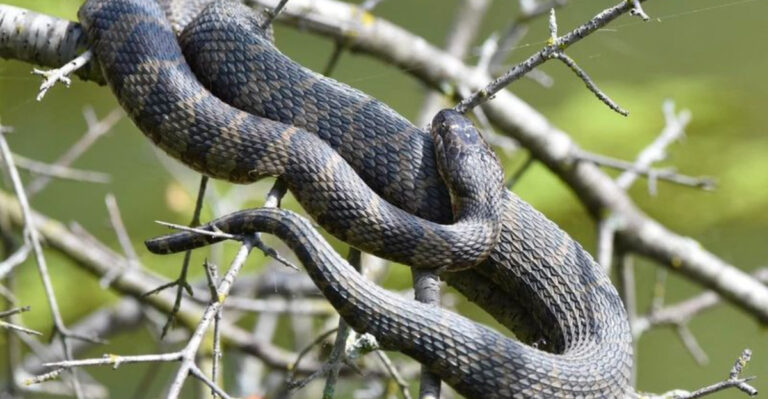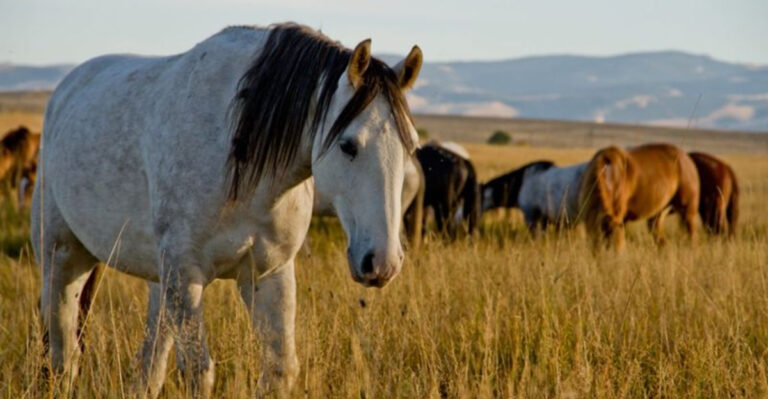Reintroducing Wolves And Cougars: Restoring Balance Or Creating Chaos?
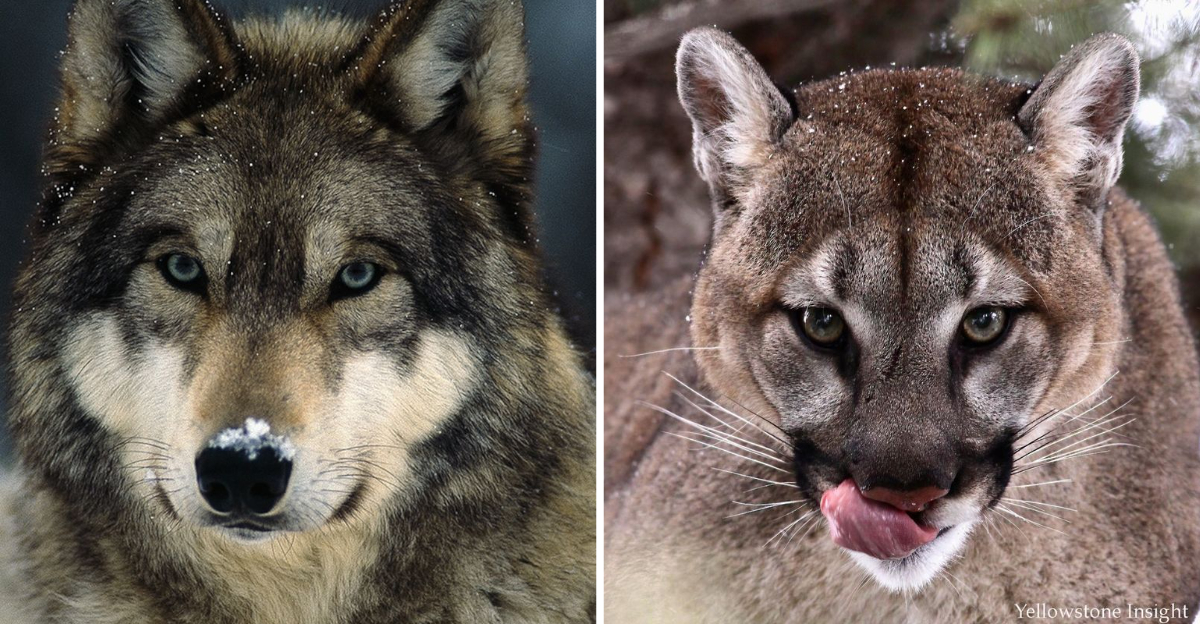
Reintroducing wolves and cougars into habitats where they once roamed promises to either restore ecological balance or stir unexpected chaos.
These majestic predators have roles beyond what meets the eye. Understanding their impact is crucial to managing ecosystems delicately.
Let’s explore key insights on this compelling subject, unraveling the myths and realities behind their return to the wild.
1. Ecological Impact Of Predators
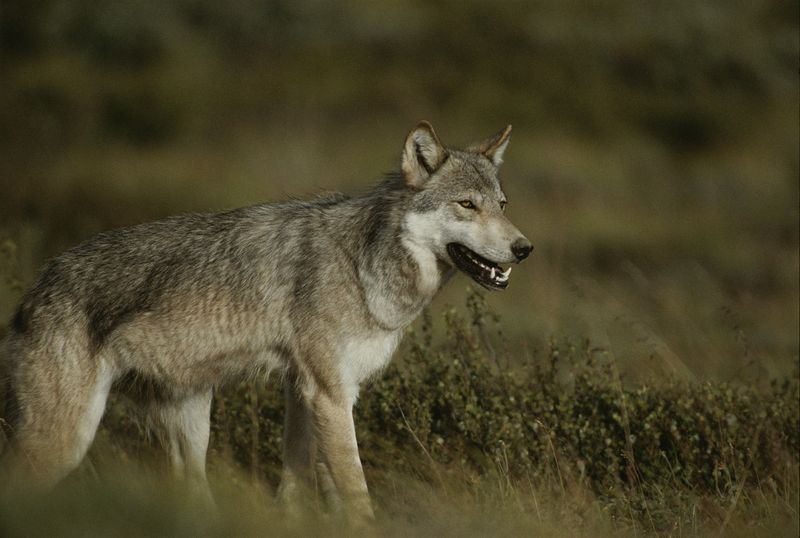
Wolves and cougars are nature’s balancing act. They help control prey populations, ensuring that no single species overshadows others.
By doing so, they maintain plant diversity as grazing animals don’t overeat vegetation. This balance ripples through the ecosystem, affecting birds and insects too.
Some fear predator reintroduction might cause chaos, but evidence shows otherwise. These animals naturally regulate their numbers according to available food.
Moreover, their presence can even strengthen prey species. By weeding out the weak, they ensure that only the healthiest animals breed. This natural selection keeps the ecosystem resilient and adaptive.
2. Human-Wildlife Conflict
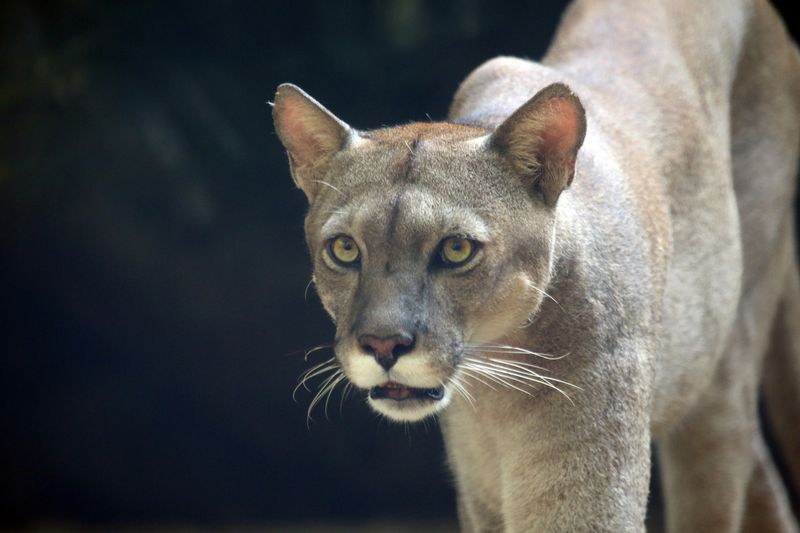
Living alongside predators can be daunting for communities. Concerns about livestock loss and safety are understandable. However, with proper management, these conflicts can be minimized.
Innovative solutions like guardian animals, better fencing, and compensation programs can ease tensions. Engaging locals in conservation efforts builds trust and awareness.
Education is key. By understanding predator behavior, people can coexist more peacefully. It’s not about erasing fear but transforming it into respect.
Communities worldwide have successfully adapted, proving that coexistence is possible with the right strategies and open dialogue.
3. Economic Effects Of Reintroduction
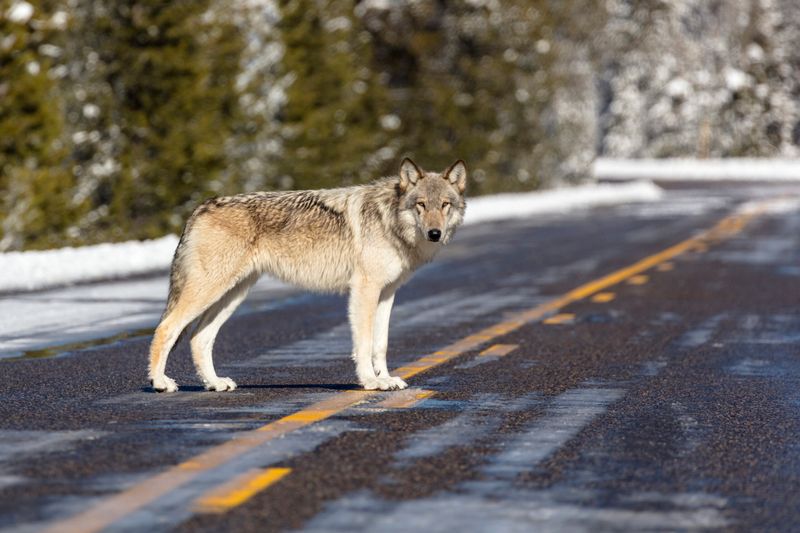
Reintroducing wolves and cougars can boost local economies. Wildlife enthusiasts and tourists flock to observe these majestic creatures in their natural settings.
This influx supports businesses like hotels, restaurants, and guide services. More visitors mean more jobs and a stronger community. It’s a unique selling point for regions looking to attract eco-tourism.
However, it’s essential to balance tourism with conservation. Overcrowding can stress wildlife, so managing visitor numbers is crucial.
With careful planning, economic growth and ecological health can thrive together, showcasing a win-win scenario for humans and nature alike.
4. Biodiversity And Habitat Restoration
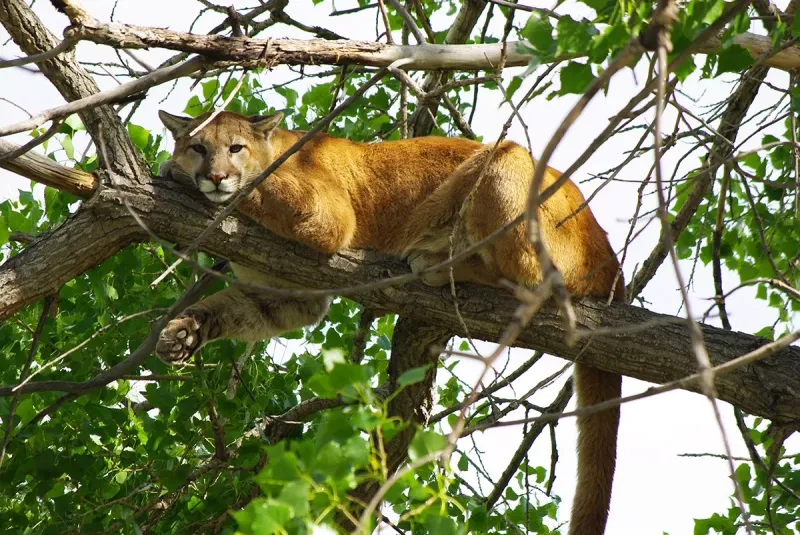
Wolves and cougars are catalysts for biodiversity. By managing prey numbers, they allow other species to flourish, promoting a healthier ecosystem.
This balance encourages the growth of various plant and animal species. Their hunting behaviors also create opportunities for scavengers to thrive. Predators can even help shape the landscape by influencing where prey graze.
Their presence fosters a dynamic environment where all species play a part. Over time, these changes can lead to habitat restoration, bringing life back to degraded areas. It’s a testament to how interconnected nature truly is, with each species vital to ecosystem health.
5. Effects On Other Wildlife

Predators reshape the wildlife community’s structure. Wolves and cougars influence prey behavior, prompting them to be more vigilant and adaptive.
This heightened awareness helps prey avoid overgrazing, allowing vegetation to recover. Consequently, other species, like birds and small mammals, benefit from improved habitats.
It’s a complex web of interactions where each species impacts another. This dynamic balance often leads to increased species richness, showcasing the importance of predators in maintaining ecological harmony.
The presence of wolves and cougars acts as a natural check-and-balance system, essential for a thriving ecosystem.
6. Scientific Research Opportunities
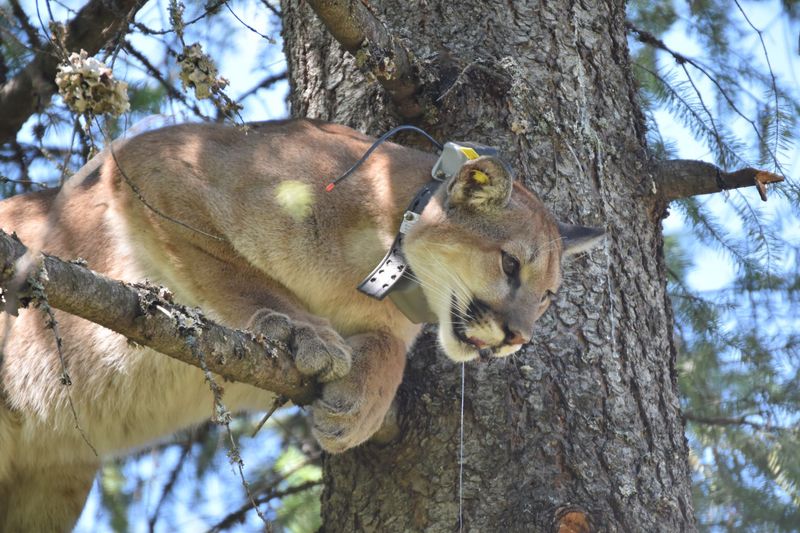
Reintroducing predators opens avenues for scientific research. Studying wolves and cougars provides insights into animal behavior, ecology, and conservation strategies.
These opportunities enhance our understanding of predator-prey dynamics and ecosystem functions. Research findings can inform policies and management practices, ensuring balanced ecosystems.
Moreover, technology like GPS collars and camera traps revolutionizes wildlife research, offering detailed data on movement patterns.
Such studies are crucial for adapting conservation efforts to changing environments, highlighting the role of science in sustainable wildlife management.
7. Cultural Significance Of Predators
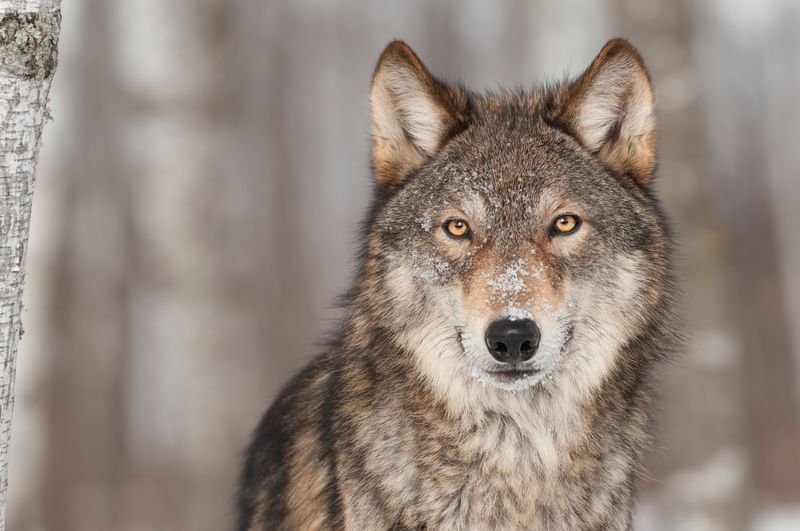
Wolves and cougars hold deep cultural significance for many communities. They are symbols of strength, resilience, and survival, often featured in folklore and traditions.
These stories foster a connection between humans and the natural world. By understanding these narratives, we learn about cultural values and respect for wildlife.
This shared heritage can inspire conservation efforts, uniting people around common goals. It’s a powerful reminder of the roles these predators play, not just ecologically but culturally.
Embracing this heritage enriches communities, reinforcing the importance of biodiversity in cultural identity.
8. Challenges And Controversies
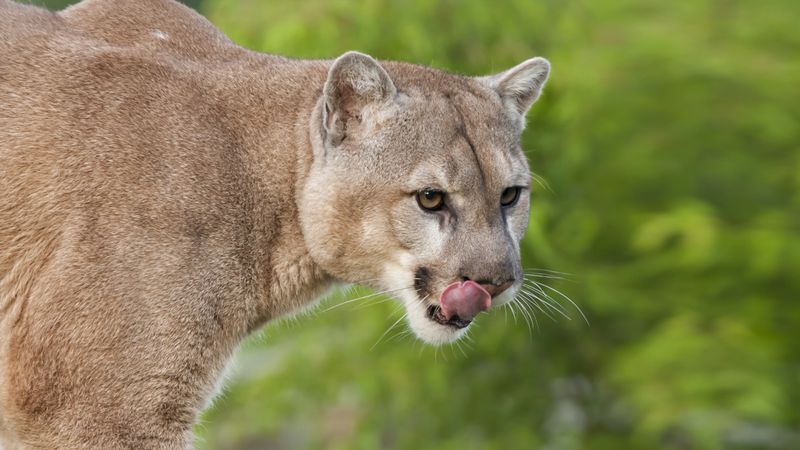
Reintroducing predators isn’t without its challenges. Some argue it disrupts local communities and endangers livestock. Others believe it’s essential for ecological balance.
These debates often stem from differing values and priorities. Balancing conservation goals with human needs requires careful consideration and compromise.
Listening to all stakeholders is crucial. It’s about finding common ground and addressing concerns through dialogue and evidence-based practices.
Only then can we move forward with predator reintroduction, ensuring that both people and wildlife benefit from these efforts. The path may be complex, but it’s a journey worth undertaking for future generations.

